The secret side of the world's greatest mountain range – and how to see it for yourself
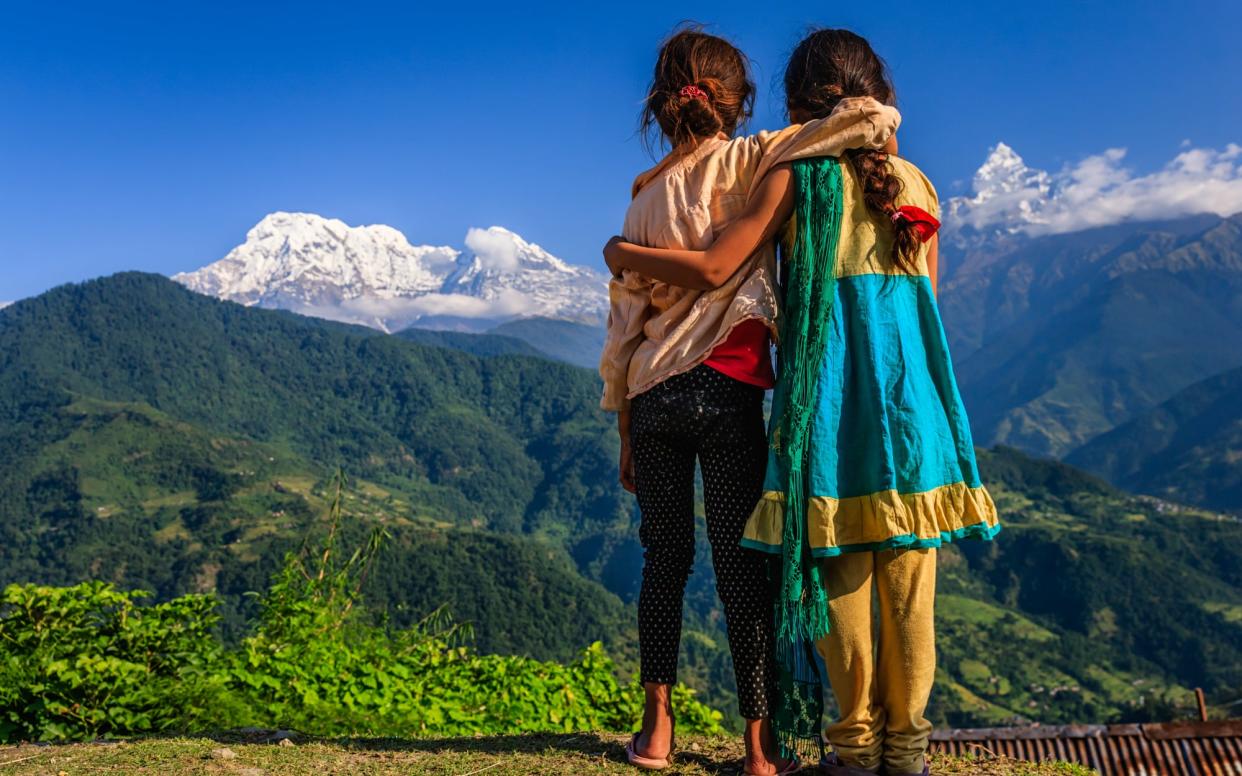
Nowhere on Earth feels quite like Lake Manasarovar. Partly it’s the altitude. At 15,000ft on the Tibetan plateau you’re going to feel light-headed. Then there’s the actual light: a sky that starts at cobalt and darkens as you look towards the fringes of space. The thin air shrinks distances, so that far-off snow peaks leap out at you and the red rocks somehow seem to hum. Mostly, though, it is the quality of silence: a cool hand on a fevered brow.
I was there in late October; summer’s pilgrims were long gone and ice was already forming on the water’s fringes. My wife and I were down from a pilgrimage around the sacred mountain of Kailash and had washed the dust off in nearby thermal baths. Already blissed out, the silence simply lifted us again, like a drug.
The physical properties of this lake are only the start. Manasarovar is its Sanskrit name, meaning the “mind’s lake”, the mind in question being that of Brahma, the creator. In Tibetan it’s Mapam Yumtso, the “invincible water”. Sacred to hundreds of millions of Hindus and Buddhists alike, it sits like a spiritual axle; so much of the culture and history of the Himalaya turns around this place. After more than 20 years spent travelling through these mountains I had finally reached its shore, a fitting culmination for all the grandeur and mystery of this exceptional corner of the planet.
Travel south from this point and in less than 180 miles you’ll come to Nepal’s border on the plains of India, close to sea level. In between is the world’s highest mountain range, a place of endless diversity, not least its human population. Many think of the Himalaya as the contested frontier between China and India. But there is much more to the Himalaya than this. It is more its own space than simply a line on a map, one with an absorbing history that has spun a varied and complex web throughout and across the mountains.
The wild shore of Manasarovar or the heights of Everest are the sorts of places that occur to us when we think of this stupendous mountain range. In the West, we have seen the Himalaya as a challenge to be overcome or a place of spiritual retreat, away from the frenzy of the world. Few think first of the region’s urban culture: the bustling ancient cities of the Kathmandu valley with their exquisite architecture and rich way of life. But it was the connections between these places that inspired me to write Himalaya: A Human History, as a way of exploring the human responses to a region of such geographical extremes. The extract from my book (below) gives a taste of what I discovered on my journeys.

Courtly theatre in the mountains
In this extract from Ed Douglas's book, we meet the masked dancers of Patan entrancing the crowds at the start of the wedding season
Now it was dusk. Light on the distant snows was darkening from pink to indigo. Among the temples and palaces of Patan, south of the Bagmati river, a large crowd was gathered around a dabali, a raised platform, where a dancer in a white lion-mask was menacing a stout fellow wearing a silver crown and armed with a papier-mâché mace.
Red scraps of cloth tied at the lion’s wrists and elbows streamed from his arms as he whirled around the dais, making him a blur of extravagant fabric, the long mane that reached down to the small of his back catching the light from braziers at all four corners of the stage. Every so often the lion performed a stunt, leaping into the air or pawing the air with imaginary claws, and every time he did so the children watching shrieked with excitement.
This was the Kartik Naach, or Kartik dances, Kartik being the month in the Hindu calendar when they’re held. The story is drawn from the Puranas and tells how Narasimha, an avatar of Vishnu whose name translates as “man-lion”, overcomes the demon persecuting his followers. The tradition dates back to the reign of Siddhi Narasimha Malla, king of Patan, in the mid 17th century, a few years before the first Europeans reached the city.
There are far older and more famous festivals in the Kathmandu valley – the chariot procession that each spring carries the god Bunga Dyah, giver of rain, around the streets of Patan under the auspicious gaze of Patan’s Kumari, or living goddess, is well over 1,000 years old. But as with earlier festivals, the courtly theatre of the Kartik dances was built on Kathmandu’s unique collection of advantages, beginning with its propitious location, nestling in mountains at 4,600ft, and its generous climate.
The month of Kartik runs from late October to late November. The weather is fine but not yet too cold. It’s an auspicious month, the start of the wedding season, right after the hugely popular festival of Dasain. In mythology, the 11th day of Kartik is when Vishnu awakes from his four-month yogic doze to marry his bride Laksmi. There’s no better time to tie the knot...
Himalaya: A Human History by Ed Douglas, published by Bodley Head, is out on Aug 27 (£25; penguin.co.uk)
Himalaya Holidays
Sarah Baxter rounds up the best adventures for those hoping to scale new heights next year
Take a top-class safari in Nepal and India
Tucked into the Himalaya’s southern foothills, the little-visited terai is one of the best places on the subcontinent for a safari. An array of animals live in this cross-border expanse of sal forest, grasslands and wetlands, and there are some lovely lodges, too. Explore a trio of national parks – diverse Chitwan, bird-busy Bardia and offbeat Dudhwa – by jeep, boat and on foot with expert naturalists; you might spot Asian elephants, croc-like gharials, greater one-horned rhinos, golden jackals and even sloth bears and tigers.
A 13-night Terai in Style trip costs from £6,895pp including flights; departing Feb 27 2021 (01962 302086; wildlifeworldwide.com)
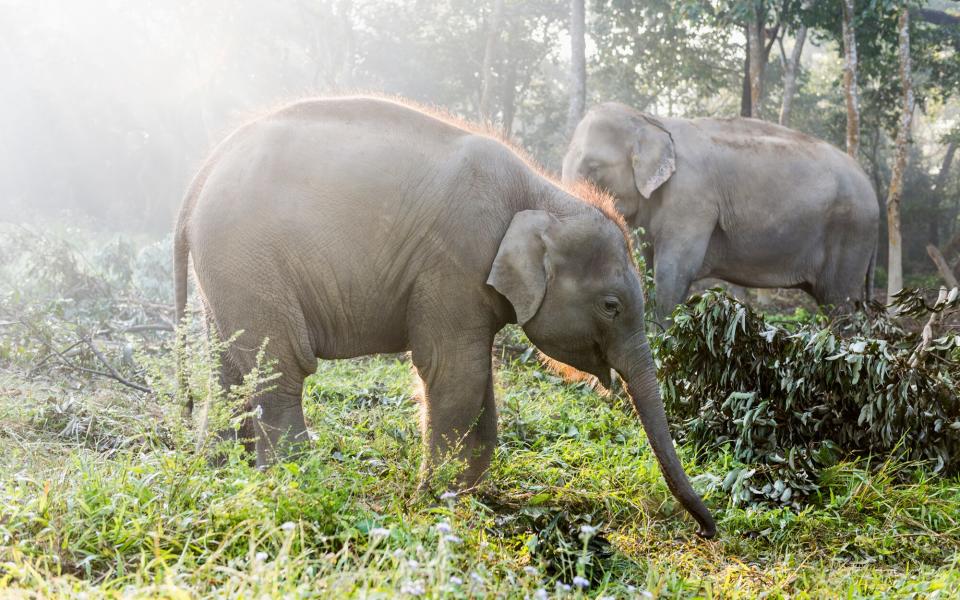
Make yourself at home in Bhutan
Bhutan is famed for its philosophy of Gross National Happiness, and during a stay at a community-run guesthouse – the only one in the country – you can witness how this works in practice. Spend time with the locals and yaks of the Ura Valley, listen to their folk music, eat their home-cooked food, hike into the surrounding hills and forests and take a traditional hot-stone bath. Combine this offbeat stay with must-sees, including the capital, Thimphu, and the cliffside Tiger’s Nest monastery.
A 12-night tailor-made Villages & Valleys of Bhutan trip costs from $3,742pp (£2,865) excluding flights (01223 750049; villageways.com)

Motorbike into the mountains in India
See the Himalaya from the seat of a 500cc Enfield Bullet – for keen riders, this classic bike is the only way to explore the Indian mountains. Rev between the valleys of Himachal Pradesh, tracing fragments of old Silk Roads and crossing high passes, including the 15,000ft Kunzum La. Wend between forests and tea plantations, trace the Sutlej River, surge through the lunar-like Spiti Valley, chill out in the hill station of Manali and cruise into lush Kullu, the Valley of the Gods.
A 15-day, tailor-made Trans-Himalayan Motorbike Odyssey costs from £3,574pp including flights (07947 761237; transindus.co.uk)

Run the highest marathon in Nepal
Everest Base Camp is a classic: a bucket-list hike amid soaring peaks, sparkling glaciers, billowing prayer flags and Sherpa culture. It’s a fair challenge in itself. But why not up the ante? Complete the trek, scale 18,500ft Kala Patthar (for the best Everest views), overnight at Base Camp itself and then run back. The annual Tenzing Hillary Everest Marathon – the world’s highest-altitude 26.2-miler – begins in the mountain’s shadow and finishes in bustling Namche Bazaar. Breathtaking.
An 18-day Everest Marathon trip costs from £3,049pp including flights; May 17 2021 (020 8712 3486; exodus.co.uk)
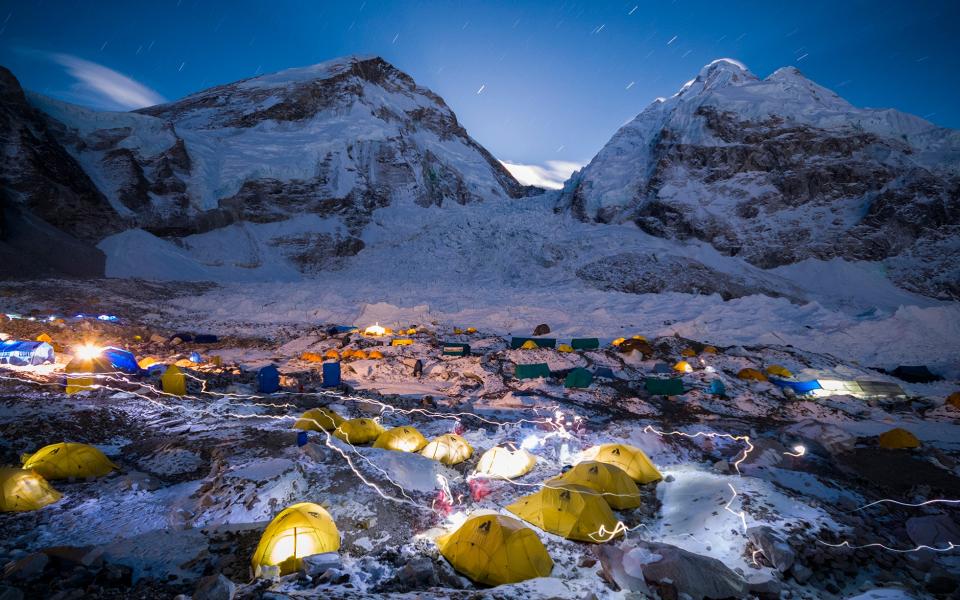
Seek Himalayan healing in Bhutan
Escaping to the forest-cloaked, spirituality-soaked hillsides of Bhutan might just be the natural balm we all need right now. And a wellness retreat at the Paro Valley’s high-end Como retreat is both classy and curative. Here, amid the fragrant pines, practise yoga beneath the mountains, meditate by rivers, hike to monasteries and sacred caves, receive blessings at hilltop temples, and indulge in daily treatments, from Ayurvedic therapies to hot-stone baths. Try your hand at archery, too – it’s Bhutan’s national sport.
A six-night, tailor-made Himalayan Wellness Discovery costs from $9,026 for two excluding flights (00975 8 279 999; comohotels.com)
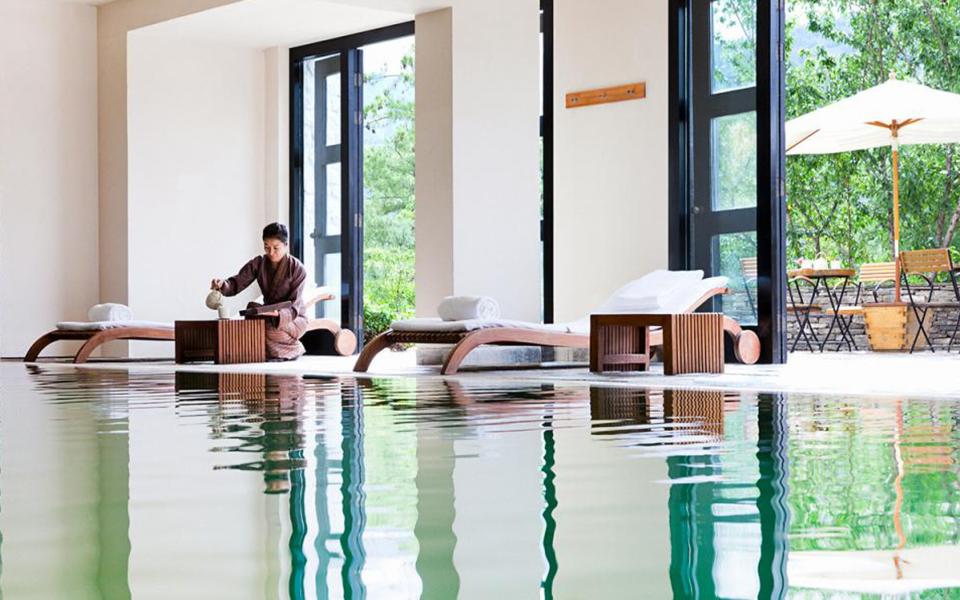
Raft the wildest river in Nepal
Fed by the glaciers of the northern Himalaya, the Sun Kosi is one of the world’s finest rafting rivers. The 170-mile descent from near the Tibetan border to Nepal’s Chatra Gorge is a wet’n’wild rollercoaster of Grade II-V rapids: tackle the Big Dipper, the Meatgrinder and the Anxiety Series. Hakarpur is the largest, but can be skipped if you’re terrified. Along the way, glide by waterfalls, temples and jungly foothills, and camp on white-sand beaches each night.
An eight-night Sun Kosi Rafting Expedition costs from £559pp excluding flights; April-May, Sept-Nov 2021 (020 3966 7597; muchbetteradventures.com)

Track elusive cats in India
Snow leopards – the “grey ghosts of the Himalaya” – are not easy to spot. But you can increase your chances on a winter trip to Ladakh, exploring two different big cat habitats (Hemis National Park and the Ulley Valley) in the company of local guides and an expert naturalist, staying in cosy homestays. It’s also a chance to see these mountains in all their wintry glory, and perhaps spot Asiatic ibex, argalis (Tibetan sheep) and Himalayan wolves, too.
A 14-day Snow Leopards of Ladakh trip costs from £3,295pp excluding flights; Jan 31 2021 (01803 866965; reefandrainforest.co.uk)
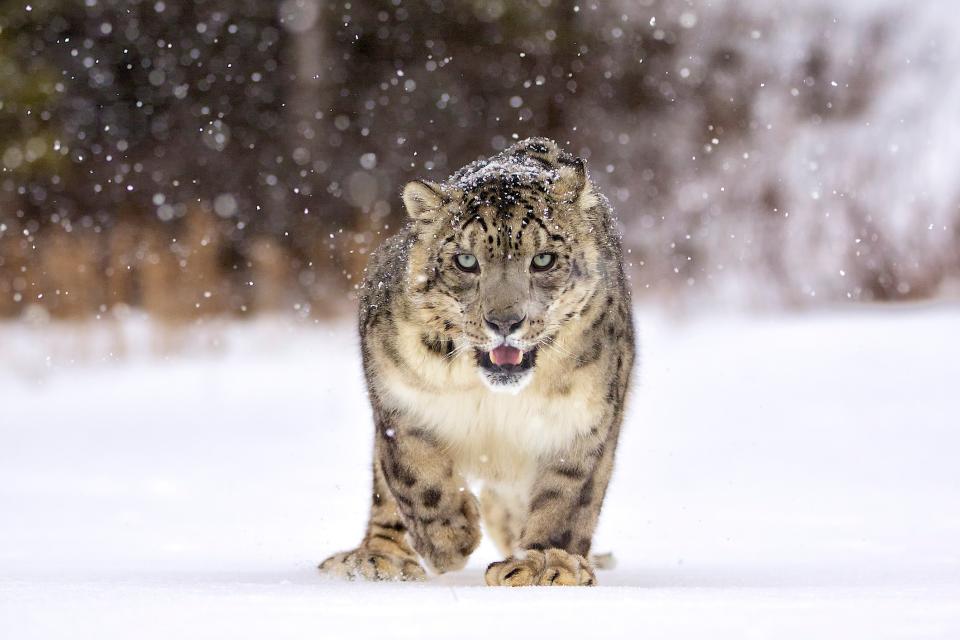
Traverse a trio China, Pakistan and India
See the mountains from multiple angles, following a strand of the Silk Road. From the ancient bazaars of Kashgar, surge south, crossing the Khunjerab Pass into Pakistan to reach the Shangri-La-like Hunza Valley and the Karakoram Highway. Detour to Fairy Meadows to gaze at the 26,660ft Nanga Parbat, the westernmost extent of the Himalaya. Leave the mountains for lively Lahore and the Golden Temple of Amritsar. Finish on the lakes of Kashmir, gazing up at forested peaks from your own houseboat.
A 21-day Karakoram Adventure costs from £4,725pp excluding flights; June 12, Aug 21, Sept 11 2021 (020 3393 5328; wildfrontierstravel.com)
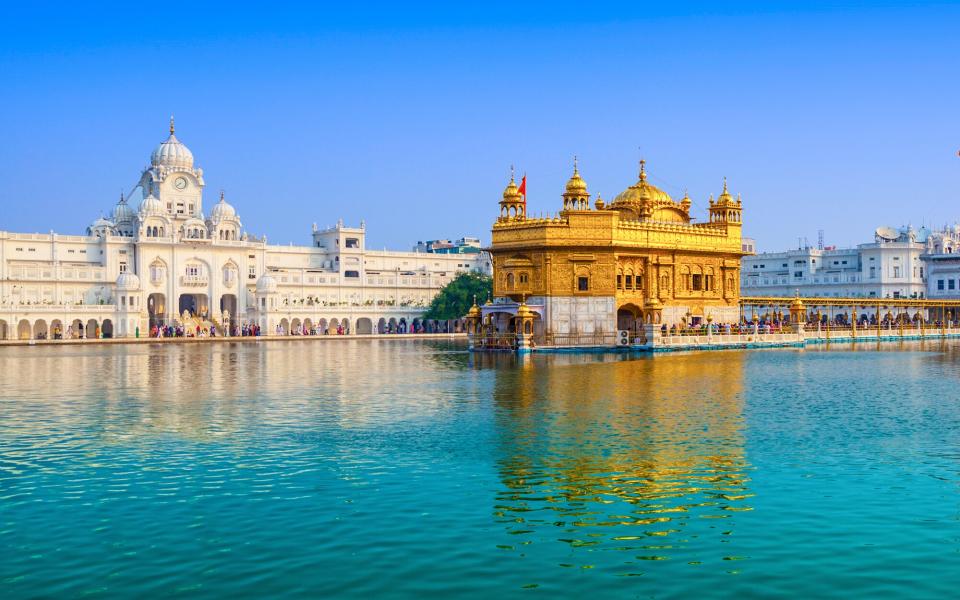
Walk amid the wild flowers of India
Sharing borders with Bhutan, Tibet and Nepal, the isolated enclave of Sikkim, an autonomous mountain kingdom until 1975, is a place of splendid isolation. A gentle guided walk between beautifully restored village houses will reveal the region’s mix of Tibetan Buddhist and Hindu culture, but also – timed right – its wealth of wild flowers. In spring, the hillsides burst with rhododendrons, jacarandas and orchids, providing a bright, fragrant foreground to the snowcapped mountains, including Kanchenjunga, the world’s third-highest peak.
A five-nights, tailor-made Shakti Sikkim Village Walk trip costs from £3,522pp excluding flights (020 3151 5177; shaktihimalaya.com)
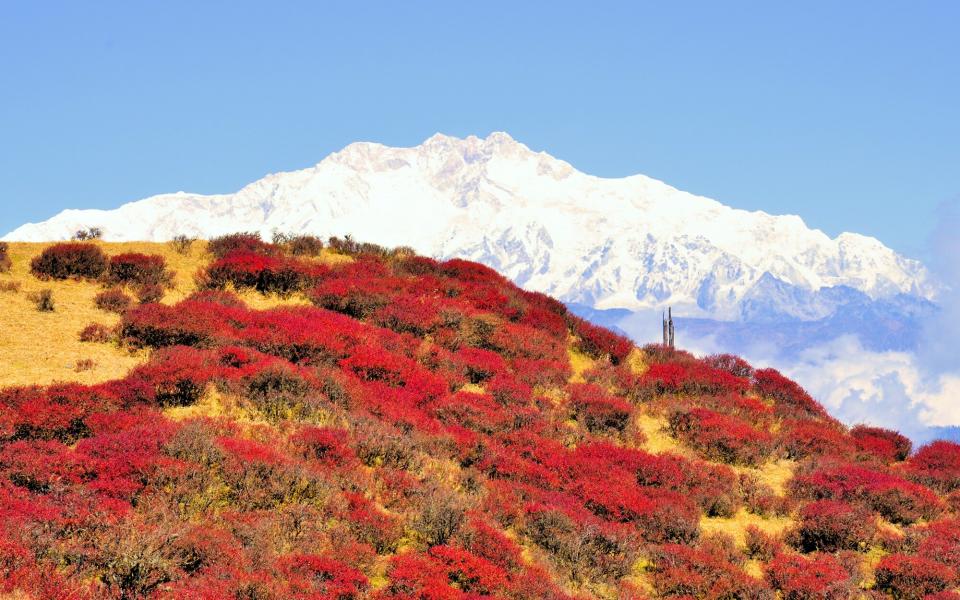
Tackle the Snowman in Bhutan
You need to be fit to tackle the Lunana Snowman, a month-long traverse of northern Bhutan, but it’s more than worth the effort. Hard to access and attempted by few, it’s one of the most magnificent treks in the Himalaya. The route edges along the border with Tibet, crossing high mountain passes (including three over 16,000ft) and gazing at the most pristine of mountains – many of the peaks here are unmapped and unconquered, including Gangkar Punsum, the world’s highest unclimbed summit.
A 34-day Lunana Snowman trek costs from £6,790pp excluding flights; Sept 20 2021 (01647 433880; themountaincompany.co.uk)

Take it easy in Little Tibet, India
Hiking the Himalaya doesn’t have to be tough. Region specialist Mountain Kingdoms offers 59 trips within the range, including classics and hardcore hikes, but also shorter, gentler options. Join a summer trip to Ladakh, where the culture is more reminiscent of Tibet than of India, for manageable hiking amid lush valleys, bustling bazaars, surreal moonscapes, high peaks and distinctive hill-perched monasteries, with stays in comfy and characterful hotels. Departures coincide with colourful festivals, too.
A 14-day Gentle Walking in Little Tibet trip costs from £1,850pp excluding flights; June 18, July 17 2021 (01453 844400; mountainkingdoms.com)
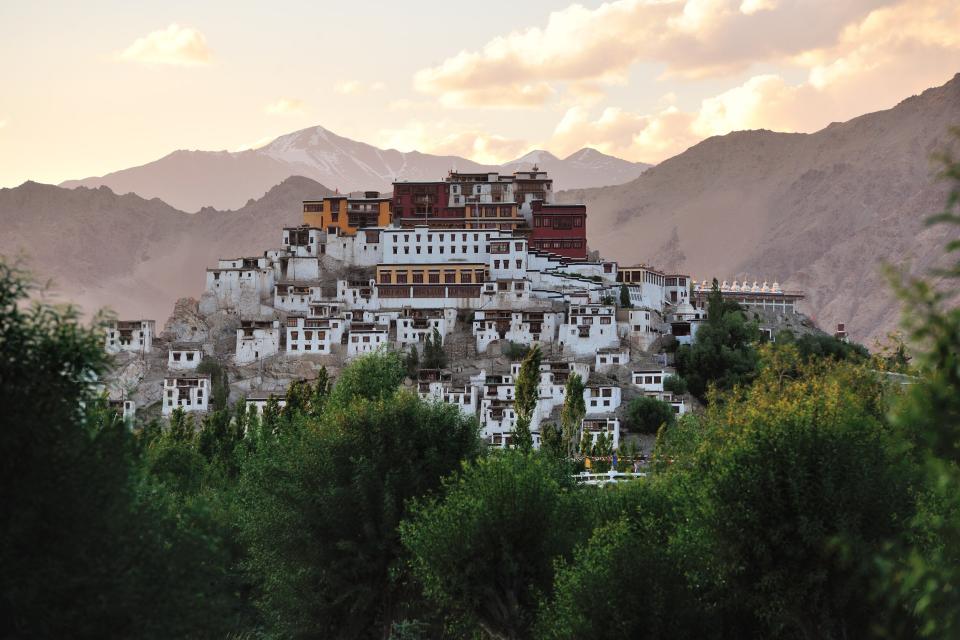
Find family highs in Nepal
Take the whole tribe to the Himalaya; Nepal is an especially good choice for a multifaceted, multigenerational adventure. Children and parents will love mixing village visits and pottery-making fun with wild white-water rafting on the Trishuli river, rhino tracking and dug-out canoeing in Chitwan National Park and a mini-trek into the Annapurna foothills, staying at tea-houses, partying with Sherpa guides and waking to watch a spectacular sunrise over the world’s highest peaks.
An 11-night Himalayan Adventure costs from £2,399 per adult and £2,059 per child, including flights; Feb 13, April 4 2021 (01962 302062; familiesworldwide.co.uk)
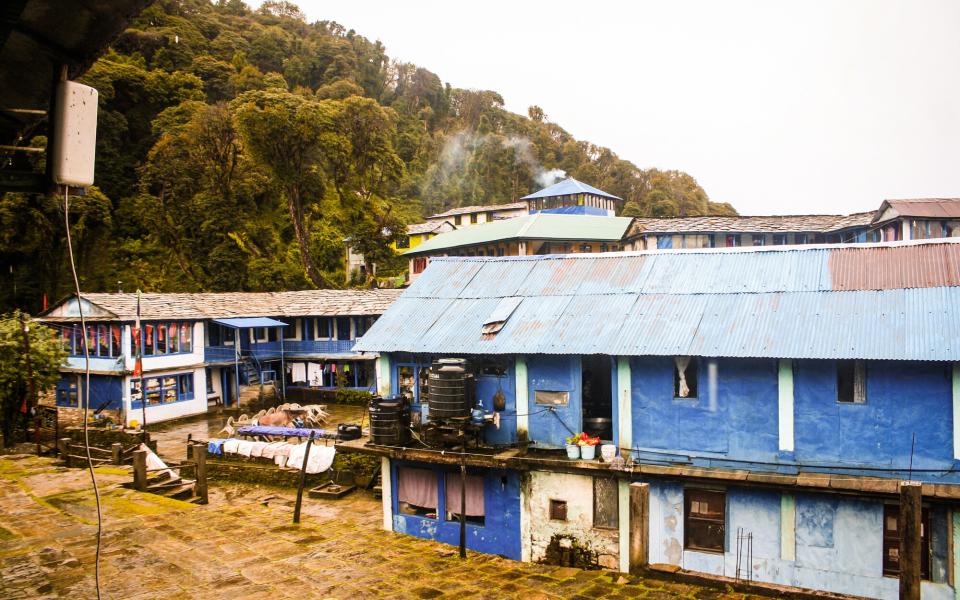
Make an oddity odyssey in India
To uncover some of the greatest quirks of the Himalaya’s greatest mountains, make for north-east India. Here, you can ride the lesser-known Kangra “toy train” up into the mountains; seek British Raj relics in the cool hill station of Shimla; watch the curious choreography and political pomp of the India-Pakistan border-closing ceremony at Wagah; and stay in McLeod Ganj – “Little Lhasa” – to find out more about the Tibetan government, which has long been in exile here.
A 15-night tailor-made Himalayan Odyssey costs from £3,075pp including flights (020 3797 8866; coxandkings.co.uk)
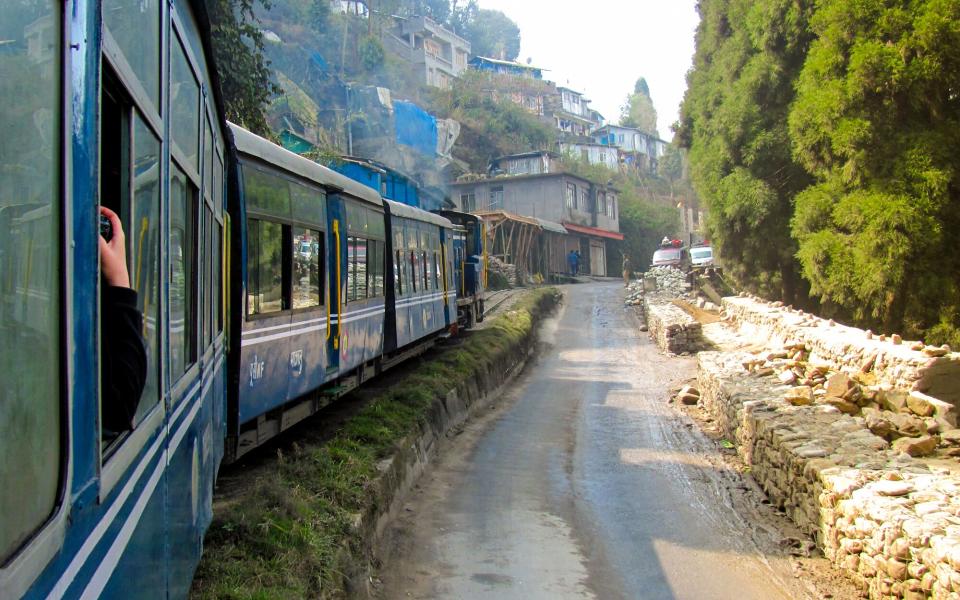
Pedal to the upper indus Pakistan
KE Adventure Travel has run mountain-bike expeditions in northern Pakistan since 1988, so it knows exactly where to find the best trails. Its new journey skirts the fringes of the Karakoram, between the mountain village of Hushe and the spectacular Hunza Valley. Highlights of the trip include tracing the upper Indus River, traversing the wildlife-rich Deosai Plains, camping beside remote Sheosar Lake, following the Karakoram Highway to the bazaar town of Gilgit and riding in Hunza, beneath dazzling glaciers, valley-teetering villages and snow-smothered peaks.
A 15-day Pakistan Mountain Bike trip costs from £2,145pp excluding flights; July 3, Aug 28 2021 (01768 773966; keadventure.com)

Hike the whole range in Nepal
Can’t choose which part of the Himalaya to hike? Then hike it all: the Great Himalaya Trail runs right across Nepal, a 2,800-mile epic that encompasses rarely visited valleys and villages, lung-busting passes and intimate encounters with the world’s highest mountains. The time-limited can pick one of the GHT’s nine sections; section one, for example, begins in Nepal’s wild west, in the shadow of Kanchenjunga, progressing from lush forests to glacial moraines, through areas steeped in Limbu, Sherpa and Rai culture.
A 150-day full GHT traverse costs from £20,790pp, sections (18-34 days) cost from £2,070pp, excluding flights; Feb 2022 (0800 0744 135; worldexpeditions.com)


